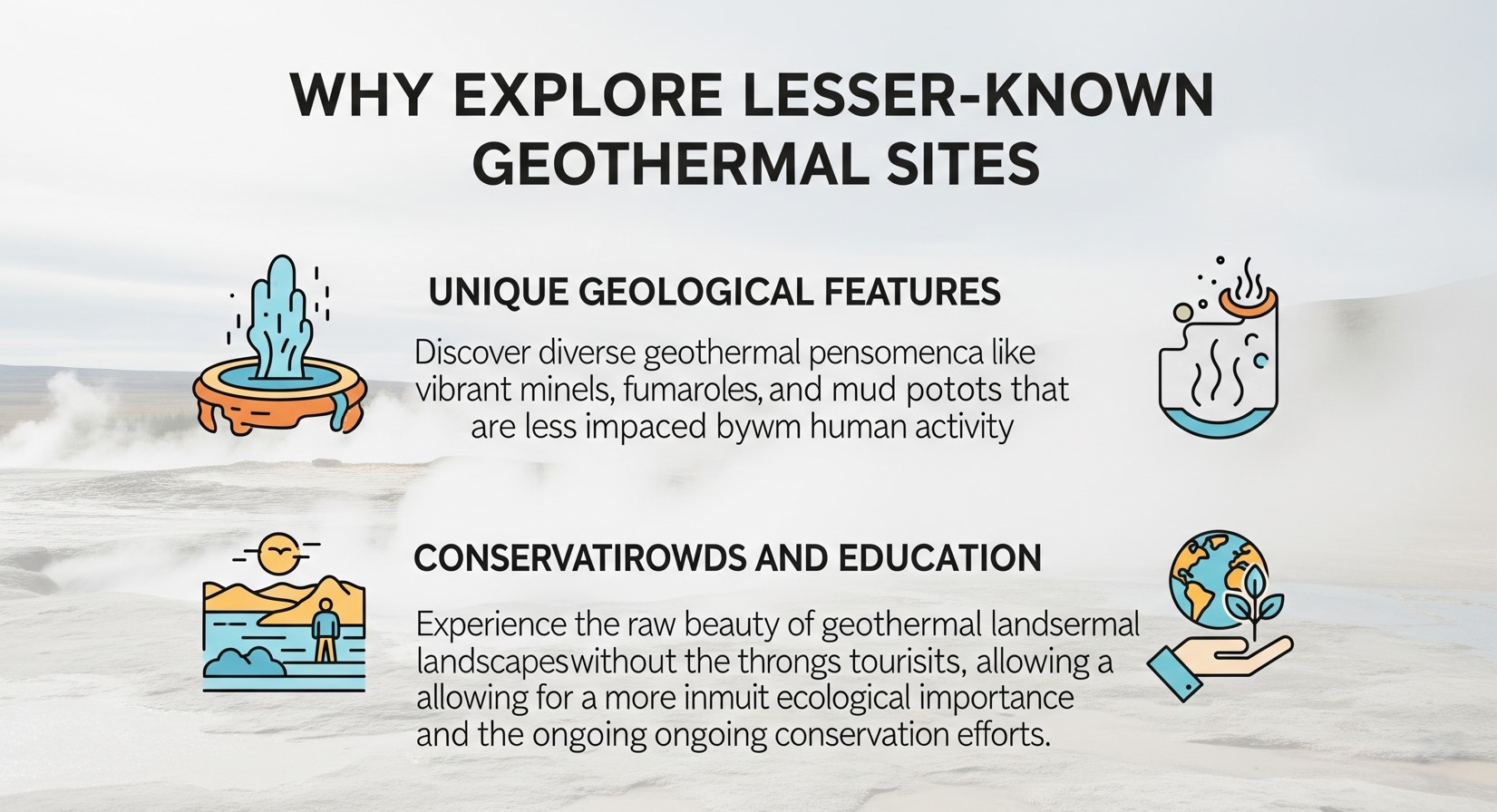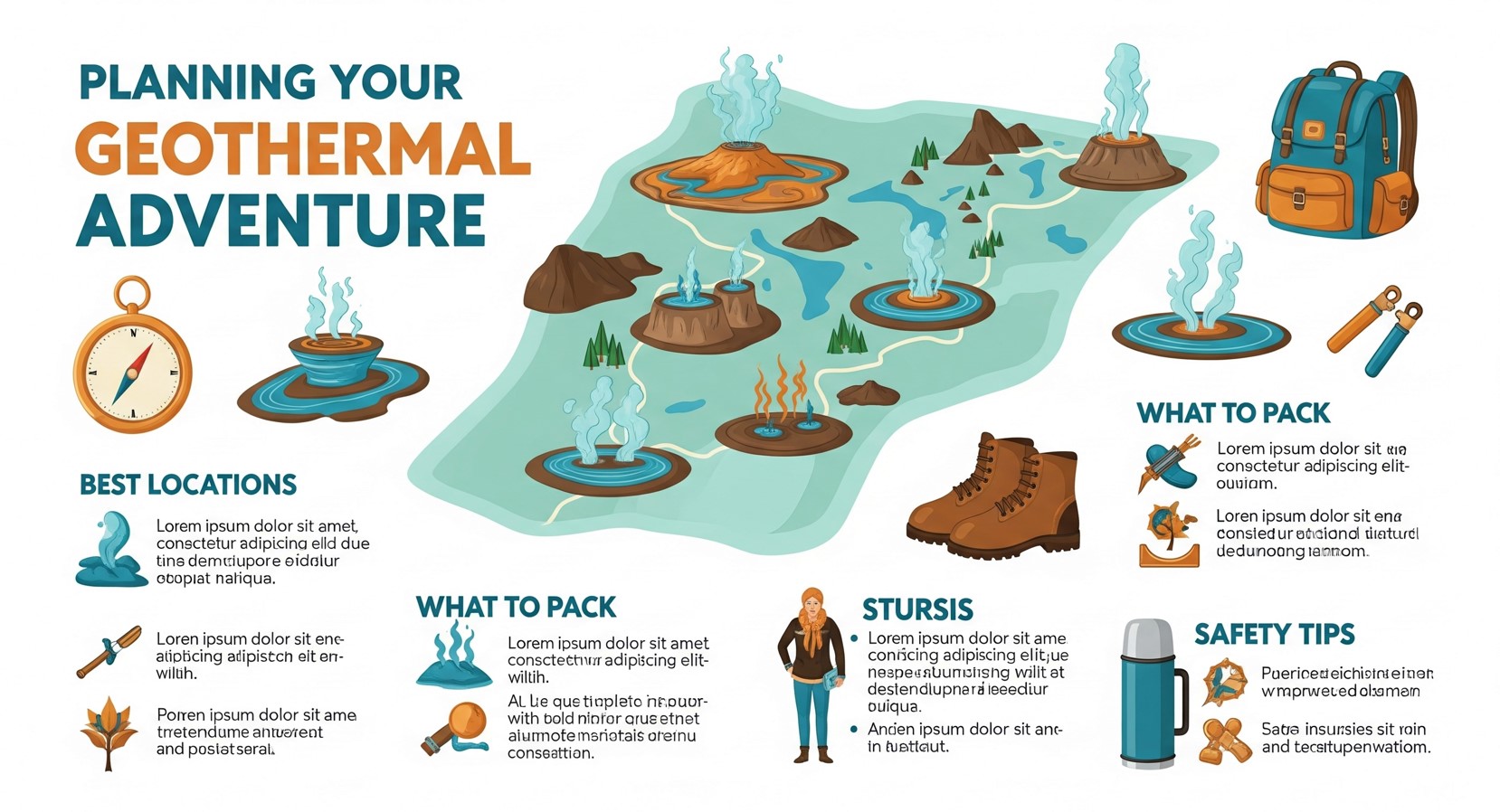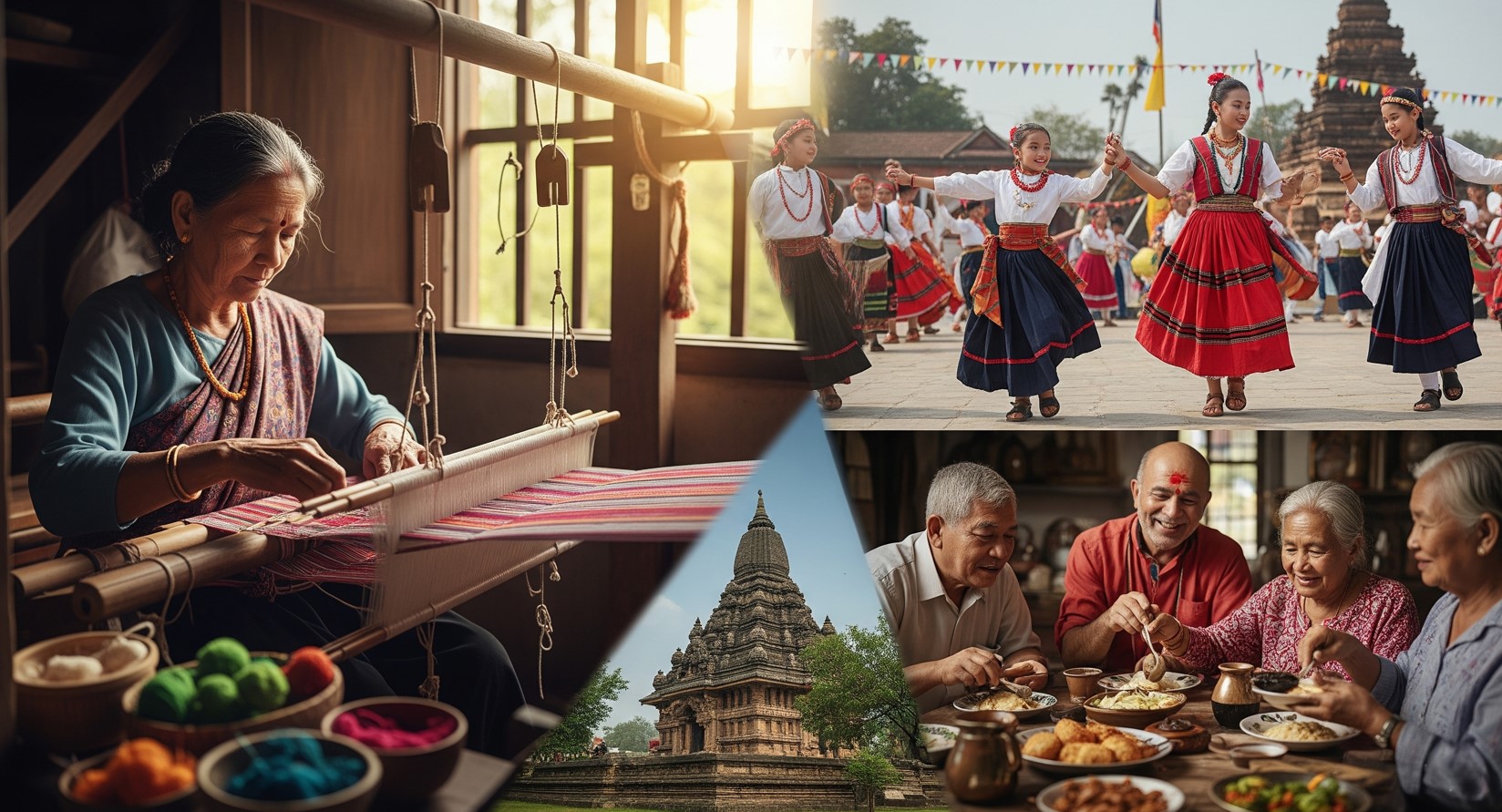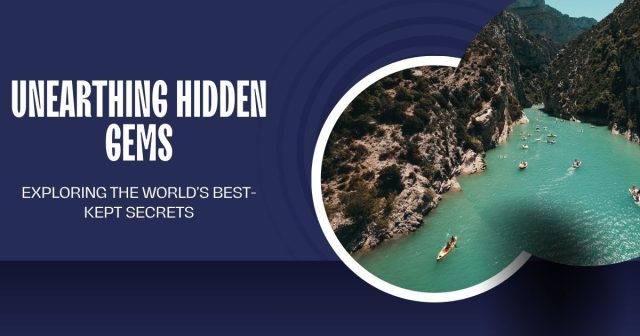When most travelers think of geothermal wonders, iconic sites like Iceland’s Blue Lagoon or Yellowstone’s Old Faithful come to mind. Yet, scattered across the globe are countless lesser-known hot springs, mud pots, and steam vents waiting to be discovered. In this comprehensive guide, we’ll delve into the magic of these hidden geothermal destinations—exploring why they’re worth the journey, how to plan your trip, and what to expect when you arrive. Whether you’re a seasoned adventurer or a first-time hot spring seeker, prepare to uncover the earth’s warm embrace in places few ever visit.
Why Explore Lesser-Known Geothermal Sites?
Beyond the crowds and commercial development that accompany famous geothermal draws, hidden hot spots offer a more intimate, authentic experience. You’ll soak in pristine waters surrounded by wild landscapes, observe unique geological formations without barriers or entry fees, and connect with local communities hosting these natural gems. Exploring off-the-beaten-path geothermal features also supports sustainable, low-impact tourism—spreading economic benefits to rural areas while preserving fragile ecosystems. Finally, the sense of discovery and solitude you’ll find at these sites transforms a simple soak into a memorable adventure.

Top 7 Hidden Geothermal Wonders Around the World
1. Rotorua’s Secret Springs, New Zealand
While Rotorua itself is famous, few visitors venture to the quiet thermal pools located on privately owned farmland just outside town. Here, steaming vents bubble through native bush, and small, iron-rich springs stain the rocks in hues of rust and ochre. Accessible by a short hike, these natural baths offer a rustic atmosphere—no changing rooms, just pure geothermal bliss under open skies.
2. Uchuck Lake Hot Springs, British Columbia, Canada
Tucked away in a remote rainforest reachable only by boat or floatplane, Uchuck Lake Hot Springs reward the intrepid with private wooden tubs overlooking glassy waters. The journey itself—navigating fjord-like inlets—sets the scene for a serene soak, accompanied only by the songs of bald eagles and the rustle of cedar trees.
3. Pamukkale’s Hidden Terraces, Turkey
Pamukkale is known for its white travertine terraces, but beyond the main pool lies a network of quieter pools frequented only by hardy backpackers. These lesser-seen terraces feature smaller basins where you can lounge in warm mineral-rich water while gazing at ancient Roman ruins perched above the cliffs.
4. Los Azufres, Mexico
In the highlands of Michoacán, Los Azufres showcases a dramatic geothermal landscape—bubbling mud pools, steaming fumaroles, and emerald-green lagoons. Hot springs here are spread across forested valleys, with few tourists and well-maintained local facilities that blend seamlessly into the alpine scenery.
5. Tatopani Thermal Village, Nepal
Hidden among the Annapurna foothills, Tatopani (literally “hot water” in Nepali) offers rustic pools fed by natural springs. After a day of trekking, weary hikers unwind in communal stone pools while villagers share home-cooked meals. The Himalayan backdrop makes every soak an unforgettable alpine spa experience.
6. Hevioi Mud Pots, Iceland
Most travelers flock to the Golden Circle, but the Hevioi near Borgarfjörður remains largely untouched. Here, vibrant orange and green algae surround boiling mud pits, producing a lunar-like landscape. A short boardwalk leads you safely through the steamy field—an offbeat alternative to more popular geothermal parks.
7. Puyuhuapi Thermal Pools, Chile
Located in Chilean Patagonia, Puyuhuapi sits at the edge of a fjord and deep rainforest. The wooden hot pools overlook misty waters and snow-capped peaks. Accessible by winding road or ferry, this secluded spot is magical at dusk, when the pools glow against the twilight.
Planning Your Geothermal Adventure
Research is key when heading to remote geothermal locations. Check access regulations—some sites require local guides or permits. Weather conditions can change rapidly, especially in mountainous regions, so pack layers and waterproof gear. Always verify opening hours and entry fees, and carry cash when traveling in rural areas. Download offline maps in case cell coverage is spotty, and inform someone of your itinerary before setting off. Finally, book accommodations early if near popular trailheads to secure your spot in hostels or eco-lodges.

Seasonal Considerations
Many geothermal sites are accessible year-round, but seasonal factors influence your experience. In summer, you’ll enjoy milder hiking conditions and lush surrounds. Winter turns hot springs into a dreamy sanctuary—imagine snow falling as you soak in steaming water. However, road closures and icy trails may limit access. Spring and autumn often strike a balance: fewer tourists, colorful foliage or blooming meadows, and still-moderate weather. Always check local advisories for spring flood risks near fumaroles or snowmelt platforms.
Sustainable Geothermal Travel Tips
Protecting fragile geothermal terrain is everyone’s responsibility. Stick to marked trails and boardwalks to avoid damaging delicate thermal crusts. Don’t introduce soaps, oils, or chemicals into natural pools—these can disrupt microbial life and mineral balance. Support local communities by hiring guides, purchasing handicrafts, and staying in family-run lodges. Practice “leave no trace” ethics: pack out all trash and minimize noise, preserving the serene atmosphere for wildlife and fellow travelers.
Health and Safety Guidelines
Geothermal waters can reach scalding temperatures, and some pools harbor harmful bacteria. Test water at the edge before entering, and avoid stagnant or discolored pools. Keep open wounds away from natural springs to prevent infection. Stay hydrated—soaking in hot water can cause dehydration or dizziness. In areas with volcanic gases, avoid low-lying vents and heed local warnings about sulfur fumes. Finally, always bring a basic first-aid kit and know the location of the nearest medical facility.
Packing Essentials for Geothermal Explorers
Your gear list should balance comfort and adventure readiness. Include quick-dry swimwear, a microfiber towel, waterproof hiking boots, and layered clothing for temperature shifts. Waterproof bags protect electronics, while a reusable water bottle and purification tablets keep you hydrated. Trekking poles help on uneven terrain, and a headlamp or flashlight is critical for early-morning or evening soaks. Don’t forget biodegradable soap, sunscreen, and insect repellent—nature’s beauty often comes with sun and bugs.
Respecting Local Culture and Traditions
Many geothermal sites sit on ancestral lands with spiritual significance. Always ask permission before photographing local ceremonies or sacred springs. Dress modestly when visiting indigenous villages, and learn a few basic phrases in the local language—simple greetings go a long way. Participate in community-led tours or workshops to deepen your understanding of geothermal traditions and support cultural preservation efforts.

Conclusion
Lesser-known geothermal destinations offer an extraordinary fusion of natural beauty, cultural richness, and sustainable discovery. By venturing beyond the mainstream, you’ll find transformative experiences—soaking in hidden springs, wandering through steam-laden forests, and connecting with communities that cherish these earth-powered wonders. Use this guide to plan your next geothermal pilgrimage, respect and protect each site, and savor the unparalleled thrill of discovering the planet’s warmest secrets. Your ultimate offbeat adventure awaits beneath the earth’s surface.








